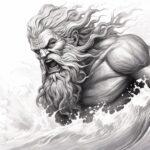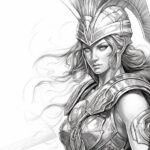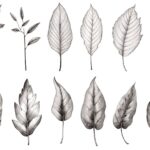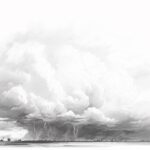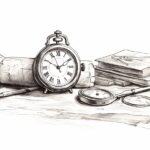Been thinking about authority lately. How do you capture it in just a few lines?
Zeus is everywhere in art history. But most depictions miss the point. It’s not about the muscles or the lightning bolts. Well, not entirely. Power in art is subtle. Like good writing, it’s often about what you leave out.
Spent a week studying eagles at the wildlife sanctuary. Their eyes hold something royal. Something Zeus-like. Made me rethink how I approach drawing divine gazes. There’s this moment when a raptor focuses on something – pure concentrated power. That’s what we’re after.
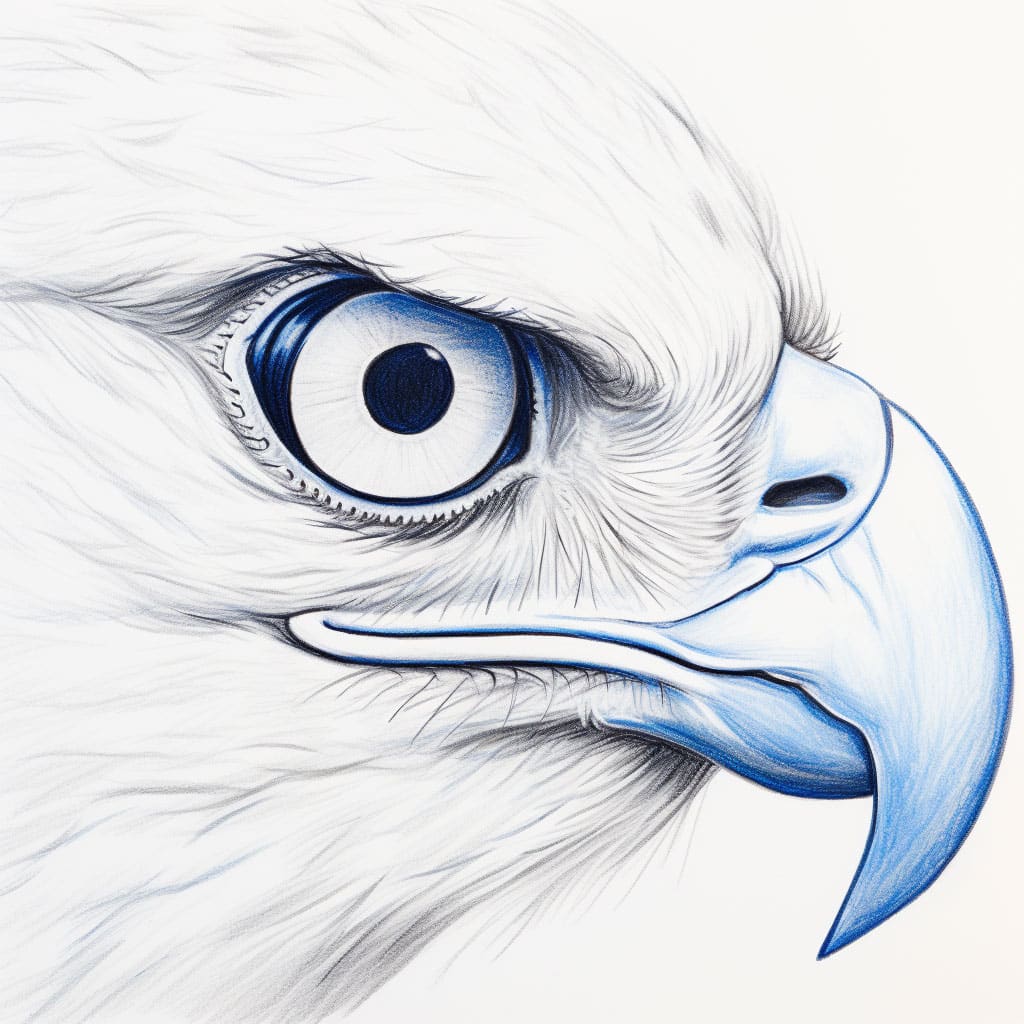


The ancient sculptors understood something we often miss. Power isn’t always about action. Sometimes, it’s about potential energy. The moment before the lightning strikes. Like a held breath. A pause between heartbeats.
Had a funny moment while sketching at the park. A kid saw my Zeus studies and called them “angry Santa.” It got me thinking about how we portray age and wisdom in our drawings. We associate beards with wisdom, but why? Started researching ancient Greek philosophy texts for answers.
Lightning is tricky. Not the bolt itself – that’s just geometry and drama. The real challenge is showing its effect on the surrounding air. Been practicing with negative space. The Greeks understood this – look at their pottery. The black figure style? All about negative space.
Found this fascinating e-book about ancient Greek hand gestures. Turns out they had a whole language of authority expressed through finger positions. Changed my whole approach to drawing Zeus’s hands. Every finger placement meant something specific. Makes those old statues read like entire conversations.
My studio mate asked why I keep drawing clouds. Not clouds, I told her. They’re thrones. The king of gods doesn’t sit on gold – he sits on the sky itself. Started studying cumulus formations. Nature builds better thrones than any craftsman.

The beard is different from Poseidon’s. Ocean gods flow. Sky gods… well, they kind of crackle. Think storm clouds, not waves. Been experimenting with different line qualities to capture that electrical feeling.
Speaking of storms – did you know the Greeks had eight different wind gods? Each with their own character. Zeus managed them all. That’s the kind of subtle detail that should inform how we draw him. Authority isn’t just about being powerful – it’s about managing power.
Borrowed my nephew’s toy crown for reference. He insisted it was better than Zeus’s “boring old laurel wreath.” Kid might have a point. There’s something to be said for how children see power – direct, unambiguous, a little bit playful.
The hardest part? Making divinity look effortless. Every line needs to feel inevitable. Like it couldn’t be drawn any other way. Been studying Chinese brush painting for this – they understand how to make every stroke count.
Realized something today – we always draw Zeus from below, looking up. But what if we drew him straight on? Eye to eye? Would it make him more relatable or more intimidating? Did some experiments. Results were surprising.
Oliver (my cat) knocked over my reference books while I was studying ancient Greek proportions. Scattered everything across the floor. But looking at the mess, I noticed connections between texts I hadn’t seen before. Sometimes chaos teaches better than order.
The Greeks had this concept of xenia – sacred hospitality. Zeus was its guardian. Started thinking about how to show that protective aspect in my drawings. Power doesn’t always have to thunder. Sometimes, it can shelter.
My coffee’s getting cold again. But I think I’m getting closer to capturing that sense of divine authority. One sketch at a time.
Later we’ll talk about drawing Zeus’s eagle companion. Those feathers are teaching me things about patterns I never expected to learn. But for now, my sketchbook is calling. It’s time to practice those cloud thrones again.



